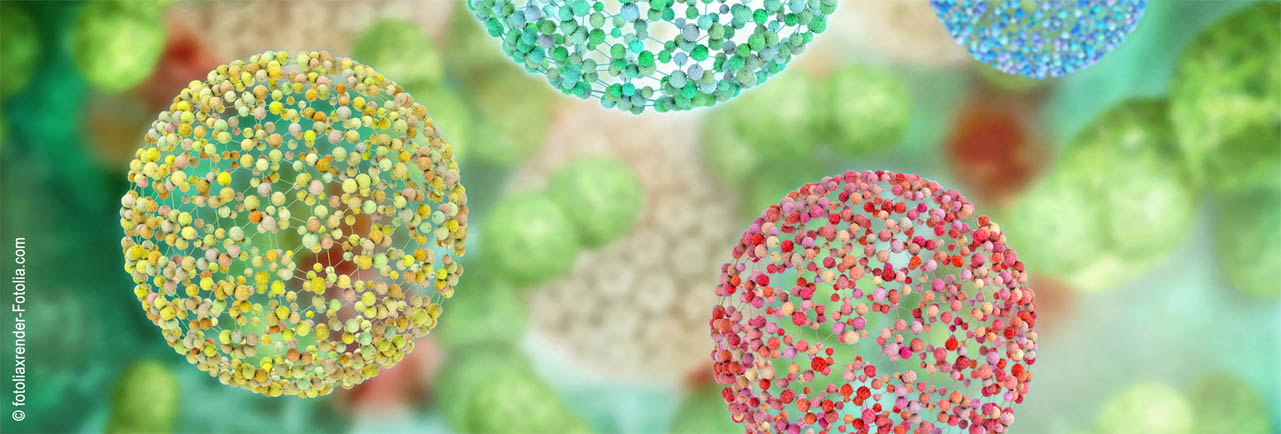Speaker
Description
Understanding the cross-linking mechanisms of elastomer blends: Relationships between morphology, cross-linking and mechanical behaviour.
Pierre Daniel (a), Pierre Pubellier (b), Clément Robin (b), Valérie Gaucher (c), Grégory Stoclet (c), Cédric Lorthioir (a)
(a) Sorbonne Université, CNRS, Laboratoire de Chimie de la Matière Condensée de Paris, LCMCP, F-75005 Paris, France.
(b) Hutchinson, Centre de Recherche et Innovation, F-45120 Châlette-sur-Loing, France.
(c) Université de Lille, CNRS, Unité Matériaux et Transformations, UMET, F-59655 Villeneuve d’Ascq, France.
Rubber blends composed of Natural Rubber (NR) and Butadiene Rubber (BR) are key components in the automotive/tire industry and more precisely, the design of tire treads and anti-vibration materials. High mechanical performances, improved thermo-oxidative aging behaviour and abrasion resistance are thus obtained by blending NR with BR [1]. In the case of partially or complete phase-separated NR/BR blends, the bulk organization of these blends (domain size) between the different phases plays a significant role in the mechanical behaviour of the final products (elastic modulus, crack resistance) [2]. The main goal of the present work is to get a deep understanding of the cross-linking phenomena involved in NR/BR rubber blends and by doing so, to get a better knowledge of the blend preparation conditions required to achieve given elastic properties for the final materials.
Simplified industrial NR/BR formulations have been investigated: additional components such as filler particles were not incorporated. Both molecular characteristics and microstructure of all the blend components used for the study have been investigated by SEC and solution-state NMR (1H and 13C NMR); their thermal behaviour together with the one of the blends were probed by DSC.
The morphology of cross-linked NR/BR blends with a BR weight fraction ranging from 10% to 90% were studied by contrast-phase optical microscopy, DSC and 1H solid-state NMR. In particular, spin-lattice relaxation time measurements allowed to identify the number of phases in the blends, their composition and characteristic size.
Lastly, 1H double-quantum solid-state NMR experiments have been used to determine the distribution of the cross-link density for both NR-rich and BR-rich domains within immiscible blends: for this purpose, the distribution of the value of the 1H dipolar couplings DHH has been derived. For each component, the fraction of repeat units involved in the elastically active chains and its variation with the BR content will also be discussed.
Such data will lead to correlations between the local mechanical properties, determined by indentation, the distribution of the cross-link density in each phase, derived from solid-state NMR and their morphology. This approach will provide a new insight into the structure-mechanical property relationships of NR/BR blends. Another outlook will be to study the influence of the microstructure of the BR used and the process conditions on these relationships.
[1] Rodgers, B. et al. Compounding and Processing of Rubber/Rubber Blends. In Encyclopedia of Polymer Blends, Isayev, A.I., Ed.; Wiley-VCH, Ltd: Weinheim, 2011; pp 163–206.
[2] Roland, C. M. Immiscible Rubber Blends. In Advances in Elastomers I: Blends and Interpenetrating Networks; Visakh, P. M., Thomas, S., Chandra, A. K., Mathew, A. P., Eds.; Advanced Structured Materials; Springer: Berlin, Heidelberg, 2013; pp 167–181.

